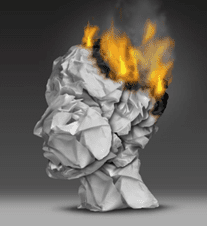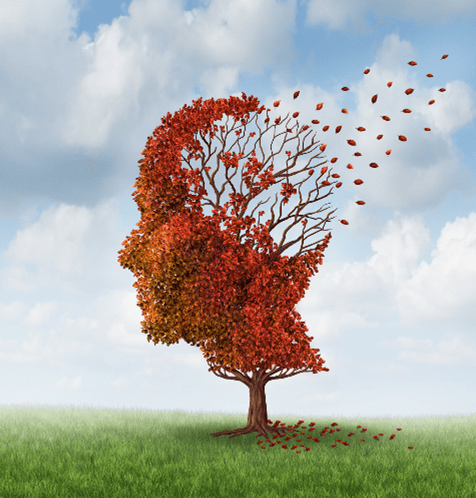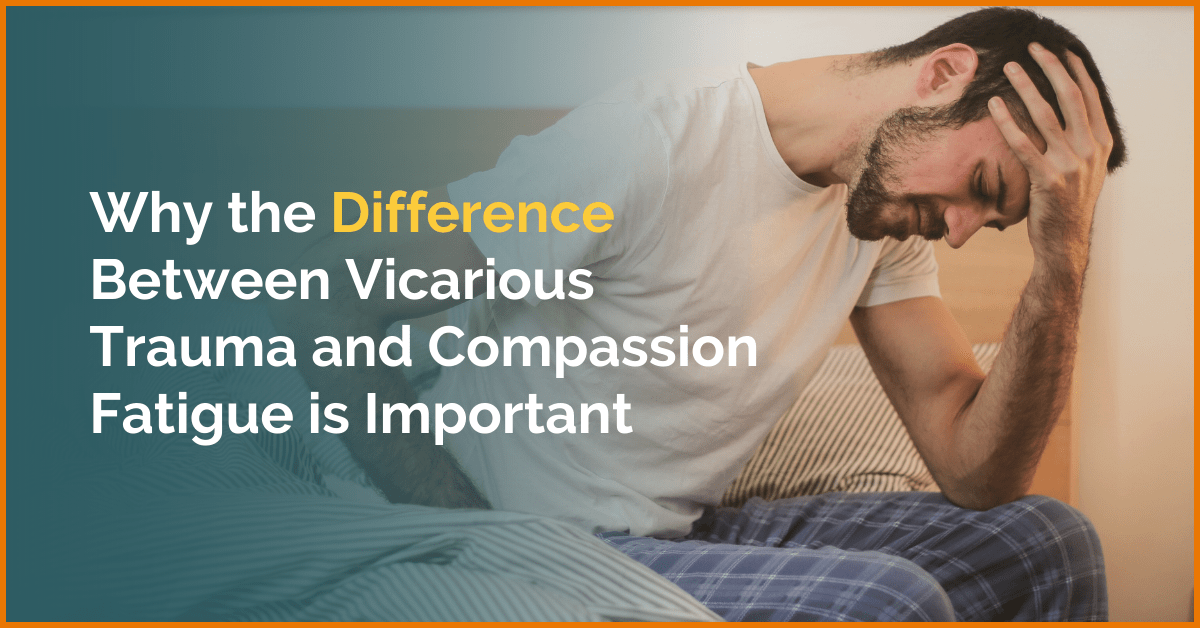What is Secondary Trauma? Explaining the Origins...
In the early 1990s, Beth Stamm, Charles Figley and other trauma specialists conducted research to understand why support workers seemed to be exhibiting symptoms similar to PTSD, even though they hadn’t been exposed directly to a traumatic event themselves.
Through their research, they identified that indirect exposure to trauma can cause a secondary version. Even though someone was not a direct witness to the traumatic event, by hearing descriptions, watching the video recordings, reading letters from the victim, or sitting in court and hearing the evidence, this exposure caused a type of secondary trauma.
The 4 most common types of secondary trauma are:
Vicarious Trauma
Compassion Fatigue
Moral Distress
Burnout
In most workplaces, secondary trauma is the general term used to mean either vicarious trauma or compassion fatigue.
For this course we’ll try to always say either vicarious trauma or compassion fatigue as they are different, but when we do use the term secondary trauma it means we’re referring to a range of conditions that happen when you are exposed to indirect trauma.




What is Vicarious Trauma?
Vicarious trauma is another effect of secondary trauma and describes the fundamental changes in how a person sees the world, because of the trauma that they’ve seen or heard about from others.
This term was coined by Laurie Anne Pearlman, who also noted that “it’s not something clients do to us; it is a human consequence of knowing, caring, and facing the reality of trauma”.
Think about this for a minute. After listening to countless details and narratives from others, how do you think it’s possible NOT to have your perceptions, beliefs or views of the world changed?
How these changes can affect you and to what extent, varies from person to person.
It might be that you become increasingly numb to the stories of your clients – “oh, that’s nothing, I’ve heard much worse happen to others, that client should get over it…”.
The other common effect is a deeper sadness or anger at things, particularly situations that are inherently unfair.
Whatever the effect on you, vicarious trauma is about the gradual change in your thoughts, beliefs and behaviours, as a result of the all the trauma you’ve seen or heard about.




What is Compassion Fatigue?
Compassion Fatigue is often described as the “cost of caring” and it’s when helpers are unable to refuel, to bounce back or recharge themselves, after being subjected to constant emotional and physical fatigue. It’s the second common meaning when people say secondary trauma.
A person with compassion fatigue may feel that they have lost their ability to feel empathy and compassion. And this loss of compassion is not just for their clients, but for themselves as well.
Most of the time, you won’t notice these changes because they are slow and gradual. Compassion fatigue occurs over time – it’s not like a switch is flicked and you suddenly become a different person. If that was the case, it would be easy to see who needed a break.
Instead, it’s gradual. There’s an ebb and flow like the ocean, with the effects more pronounced on some days and less on others. But there is a trend, and over several months or years compassion fatigue is taking hold. For this reason, you’d do things you normally wouldn’t think of yourself as doing, such as contributing to a toxic work environment without realizing it, being more prone to clinical errors or overstepping your boundaries.
Instead, it should be recognised that the people who care the most, with the most empathy and the strongest desire to help, are often the people who are most likely to experience compassion fatigue.
Compassion fatigue, in summary, is described as a gradual but significant change in your emotional health – making you emotionally exhausted which changes your behaviour and attitudes, often without you noticing.




What is Burnout?
Burnout is a frequently used term when discussing secondary trauma and it is often the most over-used term as well. Normally, burnout is described as the physical and emotional exhaustion someone feel when they are overwhelmed at work, which isn’t the same as vicarious trauma or compassion fatigue.
Beth Stamm describes burnout as “the chronicity, acuity, and complexity that’s perceived to be beyond the capacity of the service provider”.
That’s a fancy way of saying that because of chronic job stress, being unable to change things and feeling overwhelmed, the feeling of being burned out begins to take hold. The burned-out person feels exhausted, cynical and may even question their own professional abilities.
It can affect anyone, regardless of their occupation or level in the organisation and is caused by several factors. Often burnout affects people who no longer enjoy their jobs, are overwhelmed by the volume of work and the demands being placed upon them, and who feel powerless to change their work to make it better for either themselves or their clients.




What is Moral Distress?
Moral distress is a term that describes a situation where the policies, routines or instructions from the organisation are different from what you think is the right thing to do. It’s where you disagree with something you have to do, because it doesn’t align with your own beliefs, priorities or values.
Examples of moral distress are discharging a patient because it saves money when you think they should spend another night, or having to direct someone in need of help to a particular task or service because “it’s the standard process”, even when you know it won’t work and is a waste of everyone’s time.
Moral distress is about knowing the morally correct action to take, but being constrained or unable to take that action. In the long run, the moral distress that helpers feel can contribute to the development of compassion fatigue.
The main difference between burnout, compassion fatigue and vicarious trauma, is that burnout doesn’t normally affect your fundamental beliefs or how you perceive the world. Sure, it may change your view of a particular client, employer, boss or industry, but the impact is narrower.
Burnout is frequently reduced or resolved by changing jobs, changing employers or joining a more supportive team with a better culture. This is not the case for compassion fatigue or vicarious trauma.
SUMMARY
Having covered an overview of the types of trauma and the effects it can have, let’s quickly review the key terms:
- Vicarious trauma is the change in a person’s beliefs or views, after repeated exposure to secondary trauma
- Compassion fatigue is the cumulative effect of emotional and physical exhaustion, often leading to a reduced ability to empathise and feel compassion for both other people and yourself
- Burnout is the feeling of being overwhelmed and run-down because of work-related factors such as low pay, unrealistic workloads, having no control with schedules and a lack of organizational support
- Moral Distress is being alarmed or upset by processes or policies that dictate what happens to a person in need, when you believe they need more help than you’re allowed to give






